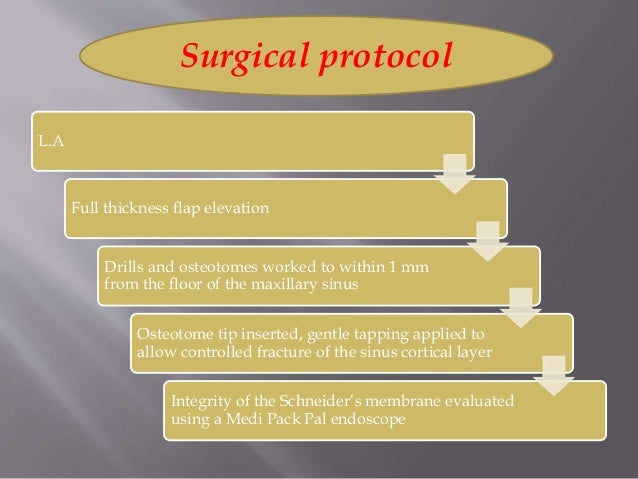Transcrestal sinus floor elevation has no negative effect on the long term implant survival.
Transcrestal sinus floor elevation.
As a less invasive rapidly healing alternative to the lateral window osteotomy lwo transcrestal sinus floor elevation tsfe has gained increasing popularity with a growing number of recently.
The technique is based on the use of specially designed drills and osteotomes.
During presurgical planning bucco palatal sinus width should be regarded as a crucial parameter when.
With this technique the regeneration of a substantial amount of new bone is a predictable outcome only in narrow sinus cavities.
Recently we proposed a minimally invasive technique to limit the postoperative morbidity of transcrestal sinus floor elevation procedures.
Sinus dimensions and shape significantly influence new bone formation after transcrestal sinus floor elevation.
In the edentulous posterior maxilla the presence of the maxillary sinus often limits the available bone height for dental implant placement.
1 2 the transcrestal approach is considered to be a less invasive.
Number of times cited according to crossref.
Membrane perforation or negligible bone height however reduces the probability of 10 year survival.
The purpose of the present study is to present data on the clinical outcomes and postoperative morbidity of sinus floor elevation procedures performed using the.

